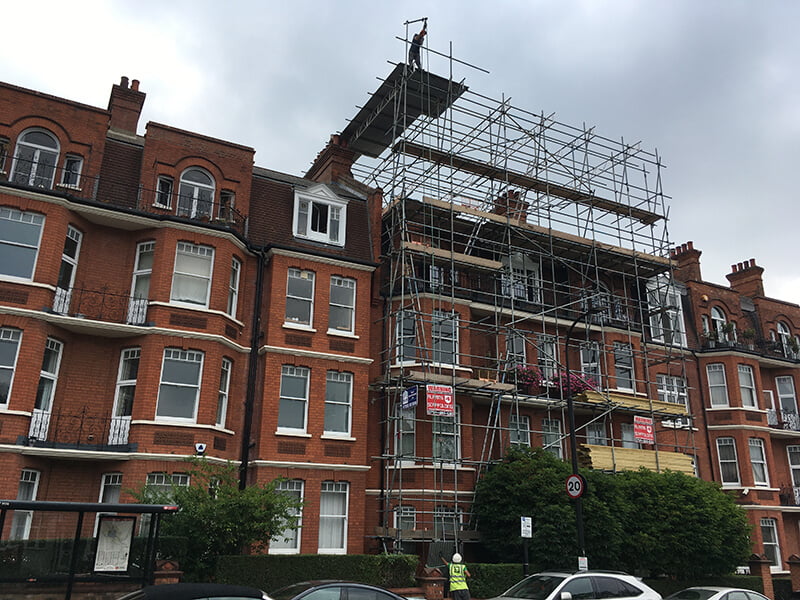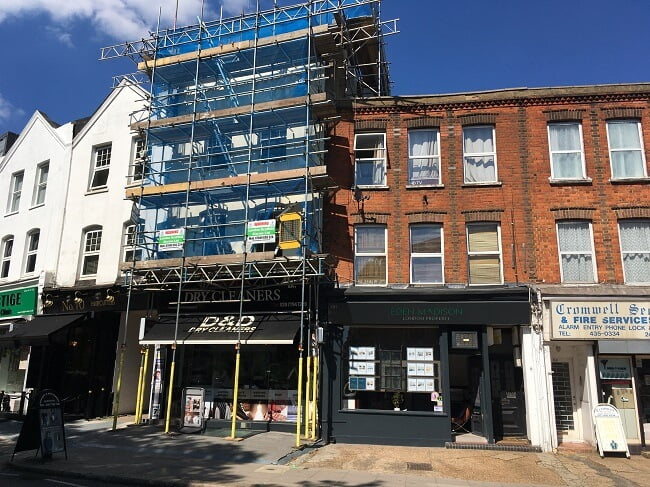As a tradesperson, how you price your services has a significant impact on the customers, you’ll attract to your business. When it comes to scaffolding, there are several things that you need to consider to fairly price your services. From the scope of the work to the skillset required, there’s a lot that comes to play.

Choosing the right scaffold design software will help you come up with perfect designs for the different projects you handle. It will also make the job easier to calculate the price of the job. Most software does it automatically.
Depending on whether you choose to use free software or one with a paid subscription, you can consider it when pricing different scaffolding jobs. Read on to learn more about how to price scaffolding jobs.
Factors affecting scaffold jobs pricing
Here are the different factors that you need to consider when quoting your services because they significantly impact the pricing of different scaffolding jobs:
1. The nature of the job
Is it a simple repair job, refurbishment, or a new build? The type of job at hand will determine the types of equipment needed, and the type of scaffolding that is best suited. For instance, a simple repair job such as chimney repointing will need scaffolding for a shorter duration compared to a roof installation for a new build. Therefore, scaffolding for simple repairs will be priced at a lower figure than a new build.
2. The project’s duration

The project’s duration is crucial especially if you’re charging an hourly rate because it will determine the length of hire for the scaffolding equipment and your services altogether. In such a case, the longer the duration, the more you will earn. You can also agree to a fixed rate with your client or a weekly rate depending on what works best for both parties.
3. The client’s location
Usually, scaffolding costs more in areas like London compared to rural areas and this can be attributed to the high cost of living. When pricing the job, you should consider transportation costs, and any loading and offloading costs. If your client is located nearby then the amount you charge them will be lower than what you’d charge someone situated further.
4. Height of the scaffold
The longer the scaffolding the more it will cost. The type of project underway determines the height of the scaffolding. You will charge more because more fixtures, metal poles, and boards will be needed.
5. Number of working levels

The number of working levels significantly affects the overall pricing of a scaffolding job. You will charge more if more working levels are needed for the project because it will take longer to put up the scaffolding structure and dismantle it.
6. Ease of access
A site that’s challenging to access will cost more thus affecting the project’s overall cost. Ease of access means no additional costs will be incurred and it will also take significantly less duration to set up the scaffolding.
Carefully considering the factors highlighted above will help you know how to price scaffolding jobs. The factors vary with each project, hence, flexibility is key when pricing different jobs. It’s advisable to visit and assess the site first so that you can offer a comprehensive and accurate quote to your clients. Now find out when you should be buying scaffolding or renting.